Click here to return to Blog Post Intro
The Apostles’ Creed: Together We Believe by Matt Chandler
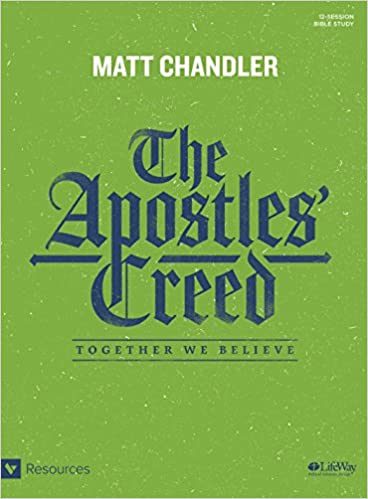
The creed, like the Bible, begins with God as Creator and concludes with eternal life in a resurrected state.
When we’re talking about Christian hope in the bodily resurrection, we’re talking about resurrection and not resuscitation. It’s going to be a physical resurrection. This is the base of Christian hope. This is the base of Christian courage, I’ve got eternity.
Christians are not immune to problems and not perfect. We don’t think a believe-it-to-achieve-it positivity is going to make everything work out in the end. We know something much, much better. Something true, something real. We know the end of the story, and death isn’t the end.
We should avoid the lie that because we have hope for eternal life, this earthly life doesn’t matter. Even worse, it’s easy to fall for the lie that anything physical or temporary is bad and only spiritual things are good. For Christians, changed lives, bodily resurrection, and eternal life aren’t secondary issues related to salvation but are in themselves the ultimate hope of salvation.
Paul wrote, “The last enemy to be destroyed is death” (1 Corinthians 15:26). Jesus’ resurrection is the firstfruits of His victory. Someday all believers will be raised from the dead to join Christ in His triumph over death—physically, bodily, and gloriously.
Apostles’ Creed by Alister McGrath
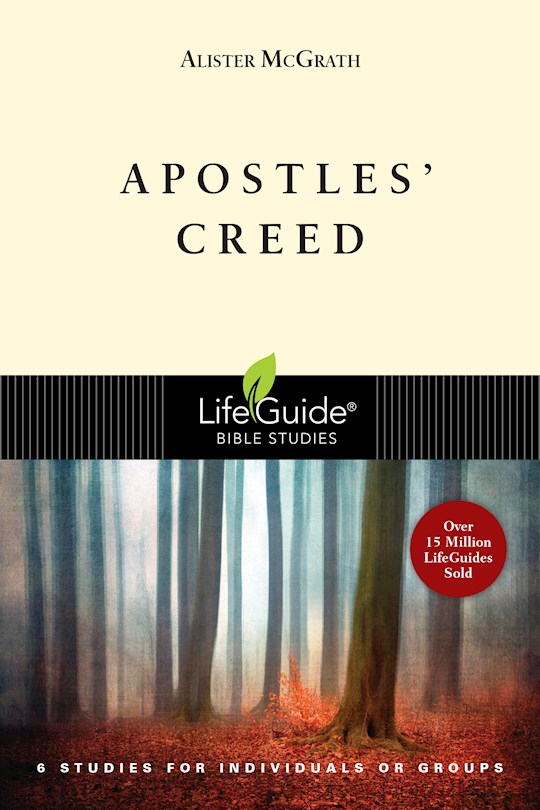
Christ ascended in triumph and lives forever. The Greek language (in which the New Testament was written) has two words for life. One (bios) means “mere biological existence”; the other (zoe) means “life in all its fulness.” What we are being offered is fullness of life (John 10:10), which not even death itself can destroy.
We are not being offered an endless extension of our biological existence but rather a transformation of that existence. Eternal does not mean “throughout all time”; it means “outside time.” Eternal life means life with God, outside the confines of space and time. Eternal life is not something that lies totally in the future. We can begin to experience it now. While eternal life in all its fulness is something we can only hope to gain in the age ot come, we are able to gain a foretaste of it now. Eternal life is inaugurated, though not fulfilled, in our present life as believers.
The Apostles’ Creed: A Guide to the Ancient Catechism by Ben Myers
The Resurrection of the Body
Belief in bodily resurrection is one of the controlling undercurrents of the New Testament. Yet the nature of the resurrection is hardly ever addressed directly. The closest the New Testament comes to explaining the resurrection is Paul’s discussion in 1 Corinthians 15. His argument is that we too will rise in the same way that Christ is risen.
Paul uses the image of a seed, arguing that the body now is like a seed, and the life of the resurrection is like the tree. Paul calls this “a mystery” (1 Corinthians 15:51). “We will all be changed, in a moment, in the twinkling of an eye” (15:51-52).
In a third-century sermon, Origen noted that the baptismal confession does not speak of “the resurrection of bodies” but “the resurrection of the body”—singular. Perhaps, he suggests, what is raised up on the last day will not be individuals but the body of Christ, a single person that incorporates the whole of humanity with Jesus at its head. Origen’s line of reasoning is based partly on Ezekiel’s vision of the valley of dry bones. What the prophet sees in this vision is not a multitude of individual resurrections but one corporate resurrection of “the whole house of Israel” (Ezekiel 37:11).
In the same way, Christian hope is never just hope for self. It is a social hope. It is hope for humanity.
And the Life Everlasting
It’s perhaps regrettable that our English version of the creed speaks of “the life everlasting”—as if life goes on and on for an indefinitely long time. A better translation would be “eternal life.” For John, “eternal life” is about quality, not quantity. It’s a quality of life that believers experience already when they attach themselves to Jesus.
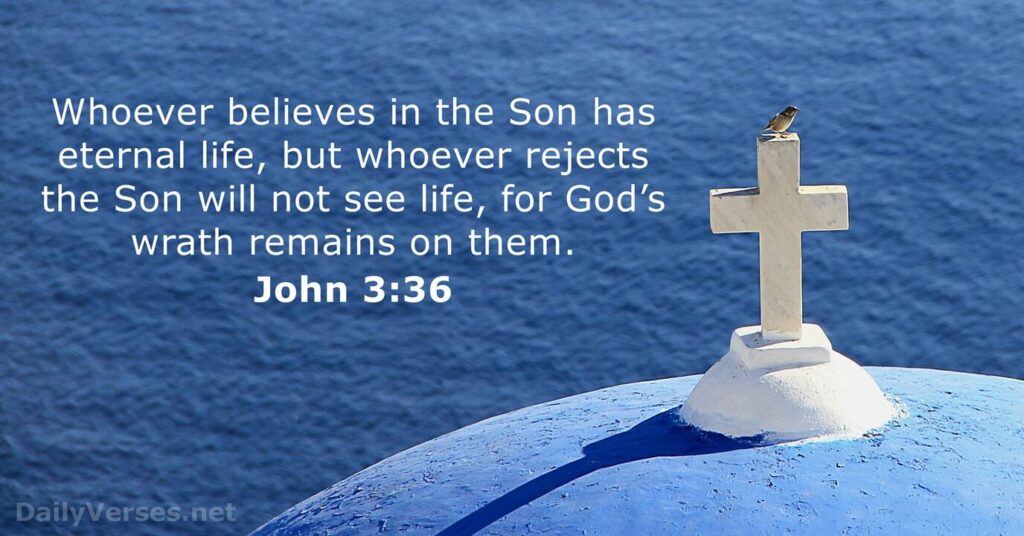
“Eternal life” can even be used as a title for Jesus. He is called “the eternal life that was with the Father” (1 John 1:2).
Amen
To say amen to the creed is to sign our name to it. We confirm the truth of this: we authorize it: amen. Yet we barely fathom what we are saying in the creed. How can anyone have the audacity to say “Amen”?
When Paul wrote the to church at Corinth, he said:
As surely as God is faithful, our word to you has not been “Yes” and “No.” For the Son of God, Jesus Christ, whom we proclaimed among you… was not “Yes and No”; but in Him it is always “Yes.” For in Him every one of God’s promises is a “Yes.” For this reason, it is through Him that we say “Amen,” to the glory of God.
2 Corinthians 1:18-20
In an exposition of Psalm 121, Augustine argued that the “I” is the proper symbol of corporate worship, while the use of “we” is individualistic:
Let [the psalmist] sign from the heart of each one of you like a single person. Indeed, let each of you be this one person. Each one prays the psalm individually, but because you are all one in Christ, it is the voice of a single person that is heard in the psalm. That is why you do not say, ‘To you, Lord, have we lifted up our eyes,’ but ‘To you, Lord, I have lifted up my eyes.’ Certainly you must think of this as a prayer offered by each of you on his or her own account, but even more you should think of it as the prayer of the one person present throughout the whole world.
Augustine’s point is that the church is not a collection of atomistic individuals. Rather, the church speaks with one voice. The corporate “I” is the body of Christ—which really means Christ Himself as the unifying head of a new human society. In Augustine’s view, it is ultimately Christ who prays and sings and declares the amen.
And so at the end of the creed, we join our voices to His—what else could we do?—and allow ourselves to be caught up in Jesus’ own response to God. “I believe … Amen!” And all to the glory of God—Father, Son, and Holy Spirit.
Affirming the Apostles’ Creed by J. I. Packer
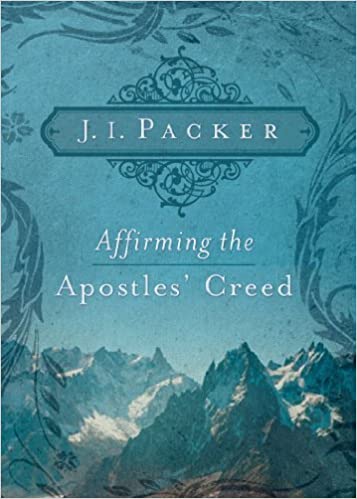
Resurrection of the Body
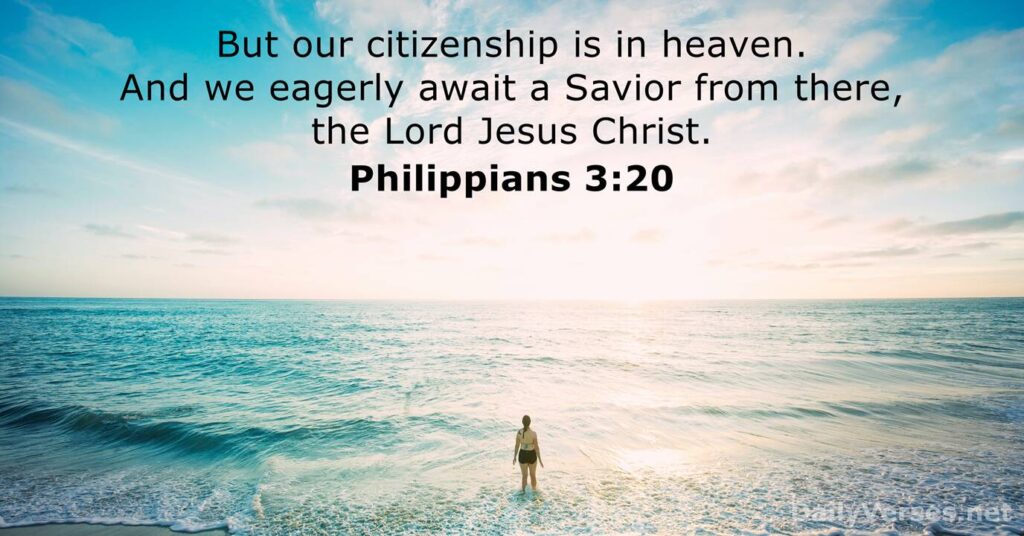
Death is the fundamental human problem, for if death is really final, then nothing is worthwhile save self-indulgence. Here, however, Christianity stands out. Christian faith is hope resting on the fact that Jesus rose bodily from the grave and now lives eternally in heaven. The hope is that when Jesus comes back—the day when history stops and this world ends—He will “transform our lowly body to be like his glorious body” (Philippians 3:21).
In raising believers, God completes their redemption by the gift not of their old bodies somehow patched up, but of new bodies fit for new men. As C.S. Lewis once pointed out, they give you unimpressive horses to learn to ride on, and only when you are ready for it are you allowed an animal that will gallop and jump.
The Life Everlasting
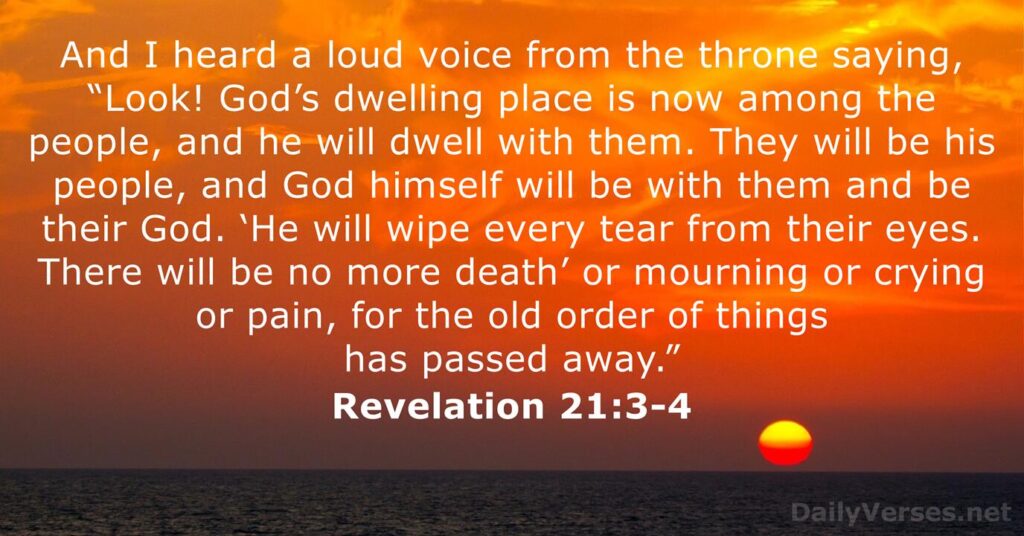
When the Creed speaks of “the life everlasting,” it means not just endless existence (demons and lost souls have that), but the final joy into which Jesus entered and which He promised and prayed that His followers would one day share.

Being with Jesus is the essence of heaven; it is what the life everlasting is all about.
The everlastingness of this life was spelled out in the most vivid possible way by the anonymous benefactor who appended to John Newton’s “Amazing Grace” this extra verse:
When we’ve been there ten thousand years,
Bright shining as the sun,
We’ve no less days to sing God’s praise
Than when we first begun.
Christians inherit the destiny that fairy tales envisage in fancy: we (yes, you and I, the silly, saved sinners) live, and live happily, and by God’s endless mercy will live happily ever after.
The Apostles’ Creed: Discovering Authentic Christianity in an Age of Counterfeits by R. Albert Mohler, Jr.
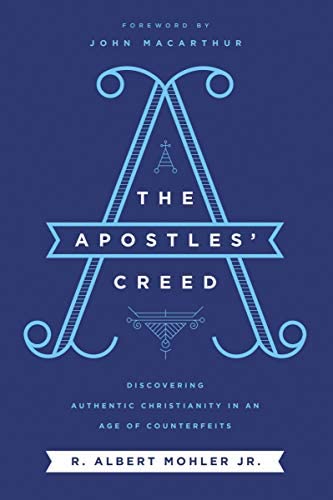
“The resurrection of the body and the life everlasting” is a summary statement of the Christian faith, pointing to the end for which each believer in Jesus Christ eagerly awaits. These final words encapsulate the glories of the age to come. The creed ends not with a whimper but with a bang!
The Resurrection of the Body
What will this imperishable body look like?
- The resurrected body is a physical body—a corporeal, physical, bodily existence.
- The body will live in immortality with Christ for all eternity.
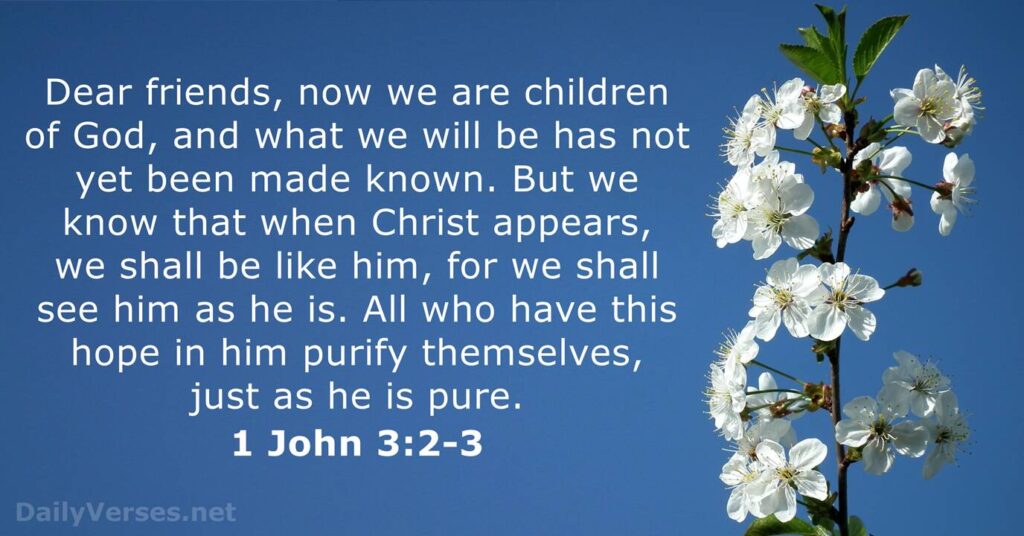
Without knowing the culminating event of the final resurrection, Christians cannot function in ministry, especially in the midst of sin, trials, and persecution. The Christian life is a life of the cross—a life of pouring out, laying down, fighting sin, bearing burdens. In order to live for resurrection to come, Christians must yearn for it.
The deficiency of Christian yearning should cause deep concern. Christians, especially in the West with all its conveniences and wealth, have let the world delude our senses. Christians think that heaven will be something less exhilarating than what we know in this life. Worldly comfort, riches, and fulfillment have clouded the Christians’ vision of what God made them for, saved them for, and is working all history toward.
The Life Everlasting
The church exercised great wisdom in distinctively setting apart the “resurrection from the dead” and the “life everlasting.” The latter flows from the former, and both come together, postulating one glorious truth of the end times.
Heaven is a place of infinitely more—all the good things known in this life will either be amplified infinitely or they will be transcended by things that are infinitely better!
Jonathan Edwards once entitled a sermon about Revelation 21:18 “Nothing Upon Earth Can Represent the Glories of Heaven.” Edwards noted that even the language of the Bible cannot fully describe the joy to come, for the Bible must condescend to our fallen and limited perceptions. How sad it is, as Edwards exclaimed, that many will forsake the weight of infinite glory for a few fleeting moments of pleasure in this life.
Final Words
Christians through the centuries have confessed the faith of Jesus Christ—the faith Jesus taught His disciples, the faith the apostles taught the early church, the faith “once for all delivered to the saints” (Jude 3). The Apostles’ Creed is just one treasured summary of the Christian faith, but it is the most commonly confessed doctrinal statement in Christian history.
Have you ever thought of the Apostles’ Creed as a prayer? In its own way, it is. And, like a prayer, it ends boldly. The Apostles’ Creed ends with one word: amen. We agree, amen.
As we believe, teach, and confess the faith that Christians throughout the ages past have confessed and will confess for infinite years to come: amen, and amen.
